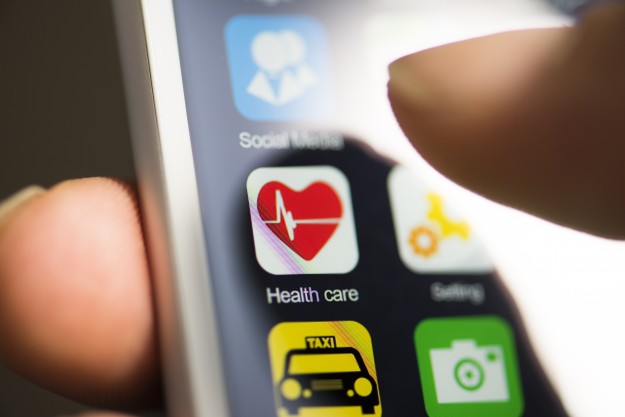As you’re reading this, there’s a good chance your phone is in your hand or at least within close reach. People everywhere are reliant upon—maybe even addicted—to their smartphones.
This trend in our globalized world opens up great opportunities to improve health and health care. The evolution in technology—including online transactions, electronic medical records and privacy protocols—has enabled telemedicine to surge.
Increasing numbers of health systems are embracing technology-enabled, virtual care—online, telehealth, mobile health (mHealth), wearable and implantable patient monitoring devices, and other advancements.
If you go to your device’s app store, you’ll see tens of thousands of downloads available to help you with everything from remembering when and how to take your medications to tracking vital signs such as heart rate and blood pressure.
At Johns Hopkins, cardiac patients who suffer a heart attack can use the Corrie mobile health app to stay on track with good diet, exercise and medication habits to improve their recovery and longer-term health and wellness.
Patients receiving care at a number of institutions can also now use their cell phones or tablets to do video consultations with a doctor, nurse or pharmacist.
For example, patients picking up medications at Johns Hopkins pharmacies can speak to a remote specialty pharmacist for advice about administering medications such as chemotherapy treatments they take at home.
At Johns Hopkins, we’re using video-based telehealth screenings to eliminate barriers to care in our emergency departments, where typically the sickest or most seriously injured patients are seen first.
Our institutions are adopting telemedicine technologies to allow off-site doctors and physician assistants to screen ER patients and initiate care. This reduces wait times and allows the on-site care team to begin treating other patients with emergency health needs more quickly.
Institutions everywhere can use these kinds of telemedicine to help bridge the care delivery gap, especially in remote areas.
For example, we’re evaluating the IT infrastructure and technical support needed to develop a telemedicine program at our joint venture Johns Hopkins Aramco Healthcare in Saudi Arabia. Our partner Saudi Aramco—the oil and gas giant—has thousands of employees who work in remote areas or off-shore locations. Telemedicine will help us provide them with more immediate, high-quality health care in their potentially hazardous line of work.
Technology-driven health care also may prove to be a literal lifesaver in geographic regions with widely dispersed populations, such as Africa and Southeast Asia.
Hopkins pathologist Dr. Timothy Amukele has been researching how to use drones as an effective, safe and swift way to quickly transport medical samples from remote sites to laboratories. Drones don’t get stuck in traffic, and they can operate in terrains where there are no roads, thereby overcoming conditions that can impede timely patient diagnoses and care in rural or remote communities.
Johns Hopkins is exploring ways we can work with our current affiliates to use these kinds of innovations in telehealth and tech-enabled medicine to connect physicians and patients around the world. We see tremendous opportunity to leverage the power of technology to extend the reach and improve the effectiveness of health care, while still maintaining high standards and attention to patient safety.
